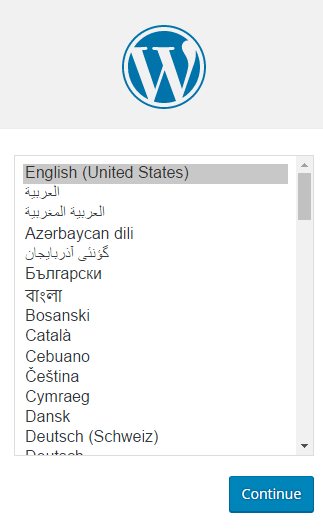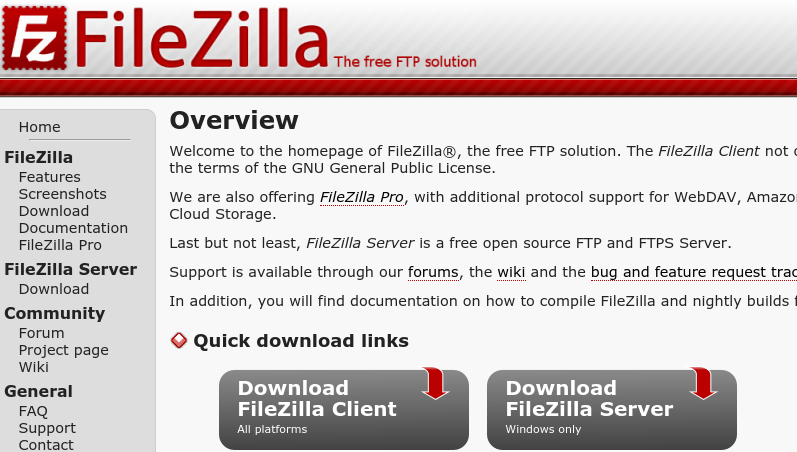

When you spin up the WordPress BitNami instance from the AWS Marketplace during the configuration you are given the option to download an SSH private key that can be used to securely access your environment via an FTP or SSH client etc. I've learnt a few things about WordPress and AWS though and just wanted to document some of them here.


I am still trying to get my head around a few things before I do the final migration. There are a ton of options out there to get your head around, but I have finally settled at a SAAS (Software as a Service) option hosted on Amazon's Web Service platform for the time being. I've recently been looking into moving my blog away from Blogger and over to a WordPress installation.


 0 kommentar(er)
0 kommentar(er)
